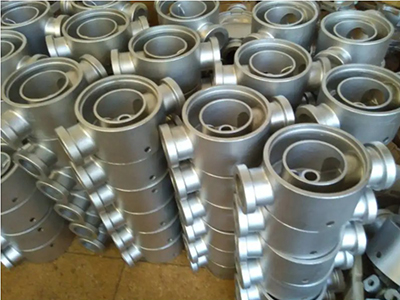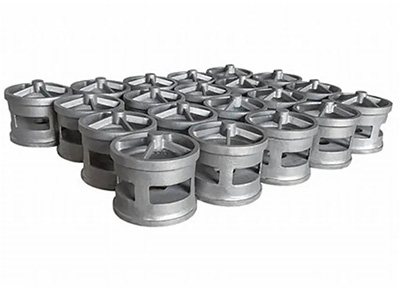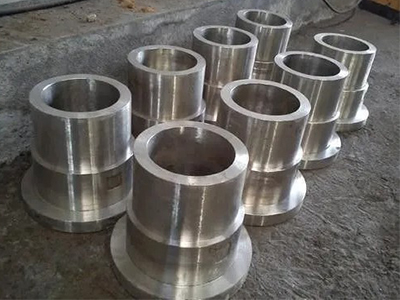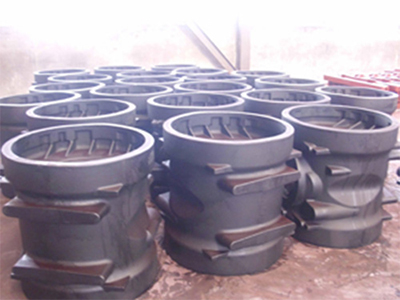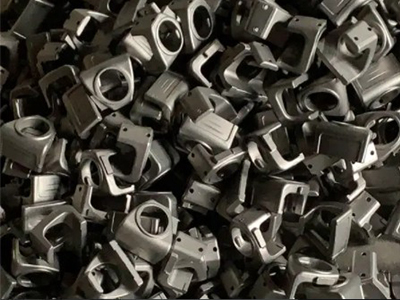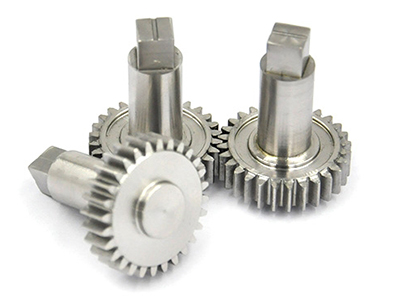- Basic procedures for stainless steel precision casting
- Industrial indicators of quenched castings
- How to cool the investment casting quickly?
- Precision forging process of stainless steel
- Precision processing method of pouring surfaces
- The commonly used classification precision castings
- The role of heat resistance in cast steel parts
- Matters needing attention in detail handling of stainless Steel Castings
- The processing technology of stainless steel precision casting
- How to clean the surface of stainless steel castings
- Call : +86 13390692151
- sale@kfqizhongji.com
-
Room 1, No. 21, Chaoying East Road, Zhoushi,
Kunshan City, Jiangsu Province, China
The reason for the high carbon content of stainless steel castings
Precision casting manufacturers introduce that castings are metal molded objects obtained by various casting methods, that is, the smelted liquid metal is injected into the pre-prepared mold by pouring, injection, suction or other casting methods. after cooling, grinding and other follow-up processing methods, the objects with certain shape, size and performance are obtained. The theory of casting forming liquid metal forming is often called casting, and casting forming technology has a long history. Casting is a widely used liquid metal forming process, which is a method to pour liquid metal into the mold cavity and obtain a certain shape of blank or parts after it is cooled and solidified.
Too much carbon will cause alloy steel castings to become bad products, resulting in a waste of resources, many people do not understand the reasons, we can only understand the causes of it, we can take measures to avoid it. Reason: the setting of pouring conditions for stainless steel castings is unreasonable: for example, the setting of mold filling process is too long, resulting in low temperature of molten steel during pouring, especially for the position where the wall thickness of castings increases, the solidification rate of molten steel is slow, resulting in a long liquid-solid residence time, which increases the interaction time between molten steel and pattern thermal decomposition products, and increases the amount of carburization and carbon deposition of steel castings.
In the production of stainless steel castings, the carbon content in the melting ingredients is not strictly controlled, especially the carbon content in all kinds of scrap and whether there are other alloy materials in all kinds of scrap are unknown. The setting of gating system for stainless steel castings is unreasonable: in particular, the configuration of vacuum system and pouring sandbox or casting process modeling is unreasonable, resulting in unequal vacuum, excessive deviation or insufficient actual vacuum in the casting process, and the vacuum pressure gauge shows that the wrong value meets the requirements of technical parameters, so that the thermal decomposition products of the pattern can not be discharged out of the pouring cavity quickly and quickly. Cause carburization or carbon deposition of castings.
